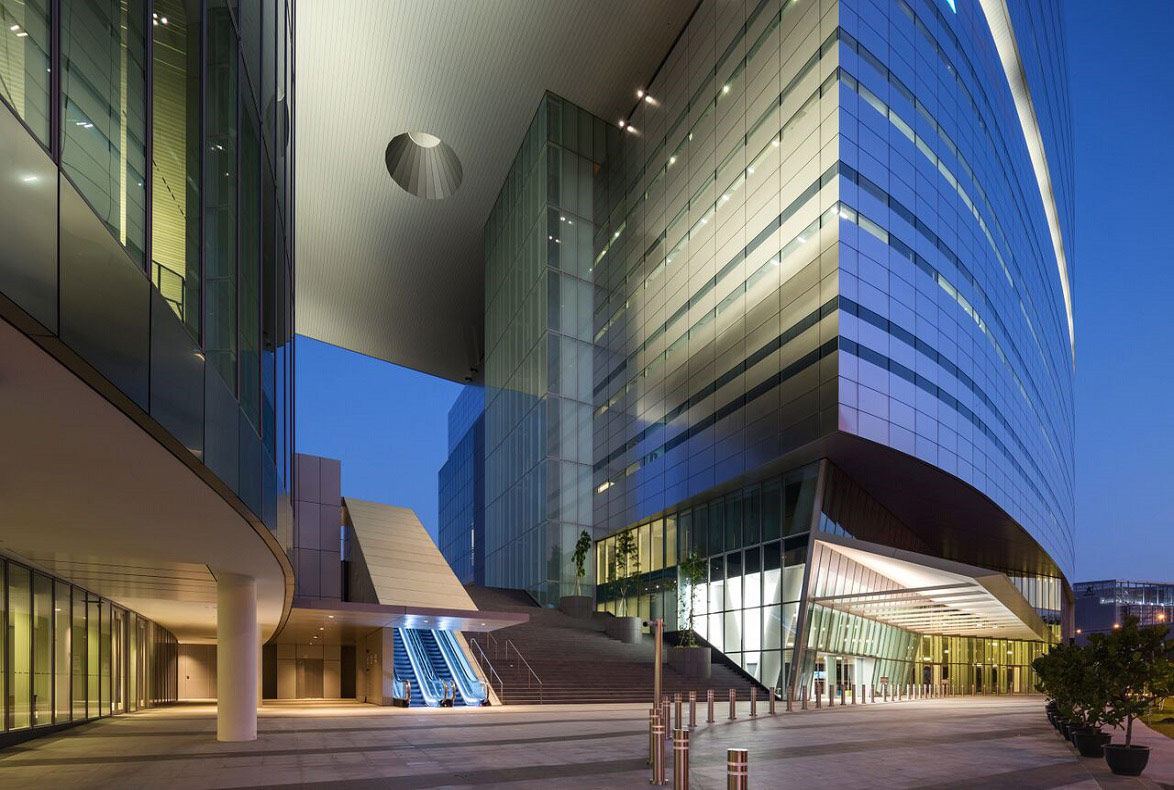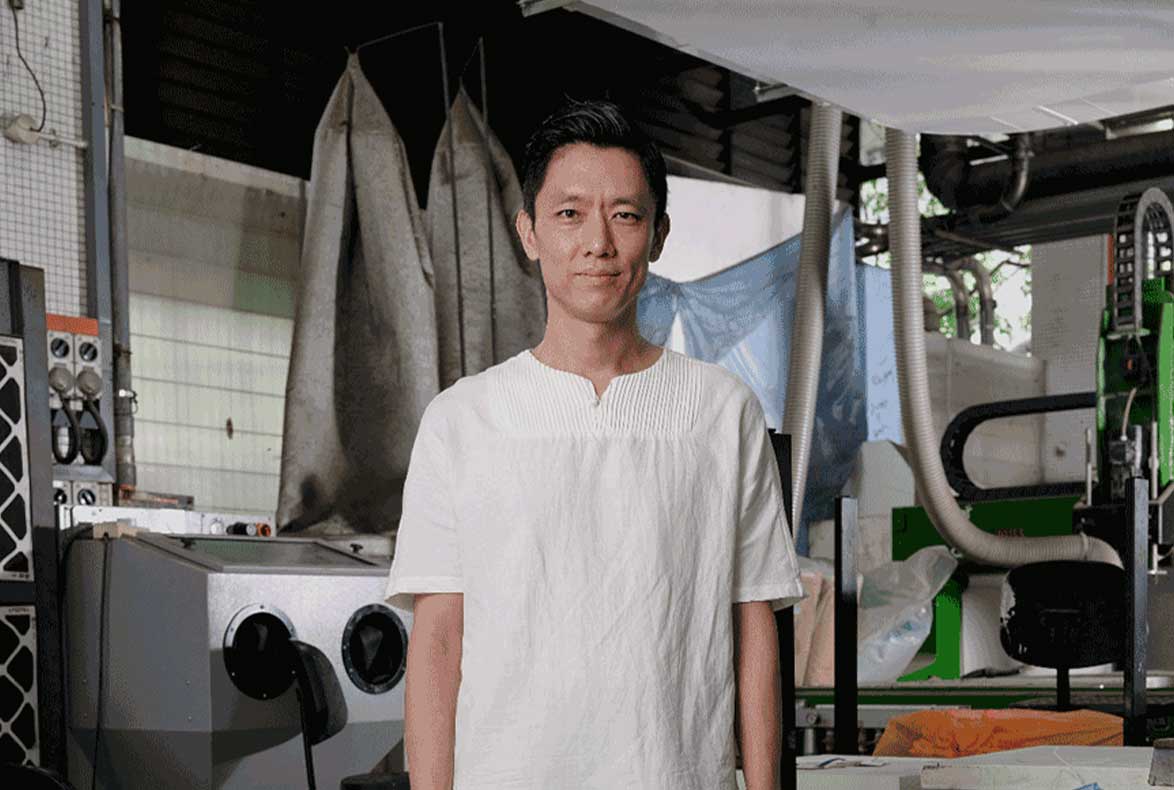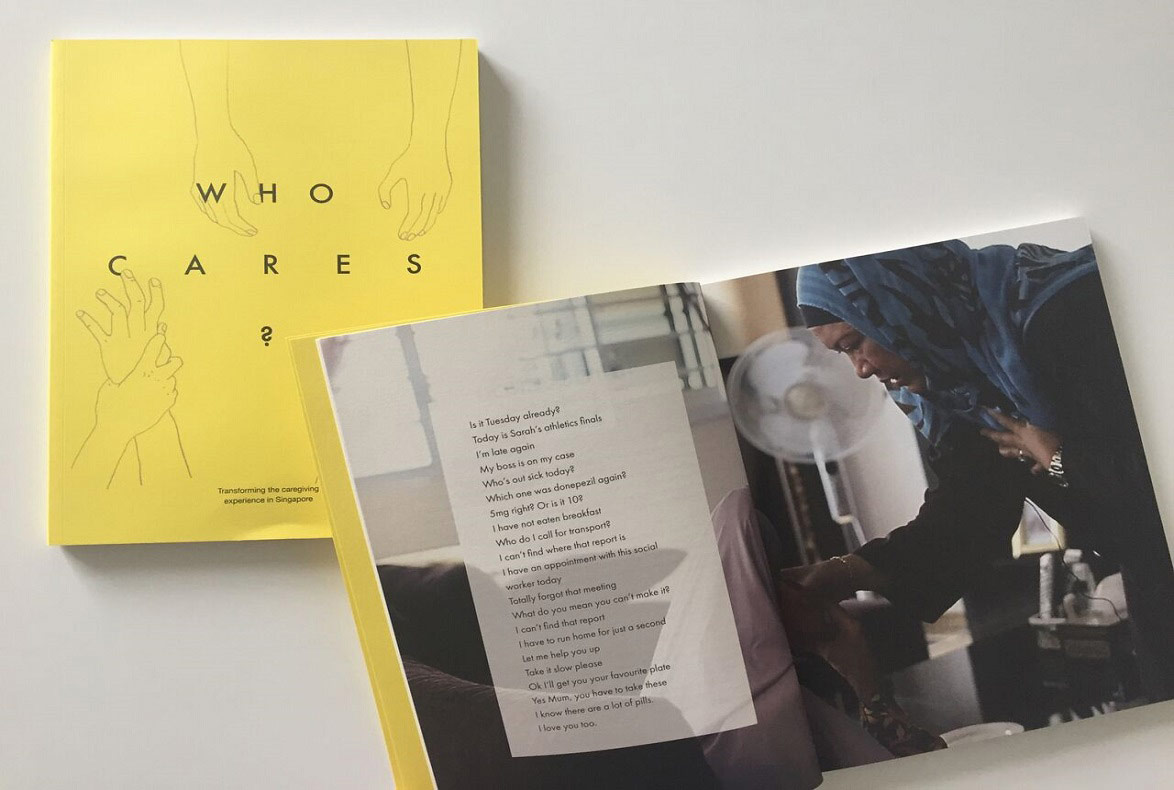
DESIGNER OF THE YEAR 2009
Koichiro Ikebuchi
Director
Atelier Ikebuchi Pte Ltd, Singapore
CONTACT
[email protected]
Koichiro Ikebuchi believes that to understand the person he is today, one must travel back in time to his early childhood years. Born in Osaka in 1965, he lived with his grandparents and uncle’s family in a house located near Umeda, in the centre of Osaka City.
Mr Ikebuchi recalls, “It was a very special house. There was a large steel gate, a small koi pond and a small factory behind the house. The style was a mixture of Japanese Traditional and Taisyo Modern. I lived there until I was six years old, and I feel that was a very important period in establishing the present me. I still remember the nice combination of the separate bathroom, the smell of the wet wooden bathtub, the soft light thrown on the sandblasted glass window, and the burning sound of the wood block in the kiln outside the bathroom.”
At the age of six, he moved to Nara, the old capital of Japan. Says Mr Ikebuchi, “There was a river, farms and Tosho Daiji, a 1,250-year old temple, near my house. It was completely different from Osaka. There, I started to learn painting, and found what I loved.” Subsequently, Mr Ikebuchi and his family moved to many different places in Japan due to his father’s job. These relocations exposed him to different cultures, architectures and lifestyles.
In 1983, Mr Ikebuchi was admitted to the Osaka Institute of Technology. There, he says, he “chose architecture instead of art, thinking that it would be difficult to earn a living as an artist. One day, I came across a red Italian sofa in a book at the school library. I had found my second love – product design.”
Following his heart, Mr Ikebuchi joined an interior and furniture company after finishing school. However, he says, he was “very disappointed”. To keep up his passion for design, he spent time attending seminars by famous architects and designers such as Aldo Rossi and Andrée Putman, and tried to participate in design competitions. Mr Ikebuchi clinched the First Prize for Design from Saporiti Italia, the Grand Prize for Diamonds International Awards organised by De Beers, and the Grand Prize for Jewellery Creative Contest in Japan.
In 1989, when Mr Ikebuchi’s boss learnt of his plan to resign and move to an overseas design office, the company offered him a transfer to their Singapore office. After several years of working in Singapore, Mr Ikebuchi returned to Japan in 1993. It was not long before Mr Ikebuchi returned to Singapore, this time in 1995, to start his own company. In 2004, Atelier Ikebuchi Pte Ltd was set up.
Mr Ikebuchi takes a historical view of the importance of design. He says, “Design is important because it is a part of civilisation. Babylonia was designed by 1800 BC. The chair has existed since 3000 BC.” In his perspective, “A good design is one that we can love and appreciate for a long time.”
His design philosophy, he says, lies in following his heart. “Feeling with one’s heart is more important than knowing with one’s brain.” He cites his love of drawing to explain why he entered the field of design. Says Mr Ikebuchi, “I have always loved to draw since my childhood. If I was given the opportunity to have a next life, I would like to be an artist, like a sculptor or a painter.” He draws inspiration from “nature, people and unconscious memories”. Among his influences are Chillida, Cy Twombly, Tapio Wirkkala, and many others.
Mr Ikebuchi thinks that the driving force behind his success is, simply, a passion for design. Therein lies a lesson for younger designers who look to him as a role model. Says Mr Ikebuchi, “Being hungry for good design is fundamental. If you are hungry, you will definitely do something, as you can’t wait to die.”
In Mr Ikebuchi’s view, the fact that “no two designers are the same” already sets him apart from other designers. In addition, a designer who is honest and true to himself will be unique and therefore stand out from the competition.
On his approach to innovation, Mr Ikebuchi explains,
“I always try to find the best answer for each project, and innovation will appear in the result … I think the will is very important in order to find a good answer, and sometimes only a good answer has useful innovation.”
He notes that Singapore’s presence on the international design scene is growing. “Many world-renowned talents have been working here, which is a good stimulus for all of us. It is definitely a good experience to be exposed at the international level.”
On being conferred the President’s Design Award, Mr Ikebuchi is modest. He says, “The honour is more than I deserve.”
The Westminster Terrace (2009), Condominium in Hong Kong
Club 21 Men Bangkok (2009), Boutique in Bangkok
Residence D (2001), Private Condominium in Hong Kong
COMO Shambhala Estate (2006), Hotel in Ubud, Bali
The Westminster Terrace (2009), Condominium in Hong Kong
Residence B (2000), Private Villa in Singapore
Insights from the Recipient
The evolution has been very fast and very widespread, not just locally, but internationally as well. I believe the design industry here will open up even more in another decade or more. Singapore is ayoung growing country – there are many opportunities to make, and to explore, statements of design.
Design involves and affects many things. It is not simply fashionm architecture, product or graphic. Everything in our daily life is influenced by design. As designers, we must be aware of how each single element influences society.
Singapore is a multi-cultural, multi-religion, multi-national junction. As a result, there is a high chance that a global sense of design will grow here.
Citation
Jury Citation
Nominator Citation
MR LIM TUAN HON
SENIOR VICE MERCHANDISING MANAGER
CLUB 21 PTE LTD
The comprehensive portfolio of Koichiro Ikebuchi encompasses a broad spectrum of design. This diversity of creations is underscored by a strong sense of discipline with an Asian perspective that is not rigid, but permissive of evolution. This has come through strongly in his work since the establishment of Atelier Ikebuchi Pte Ltd in Singapore in 2004. Quality and quiet elegance inform all his designs, but his work is now enriched as a result of a fresh perspective he has gained from working in a tropical context. New directions in design have been developed with great sophistication and beauty, and the response to the tropical light and environment permeates his work.
During the interview with the Jury, cultural differences and language barriers posed communication difficulties, but the Jurors came to a consensus that Koichiro’s body of work bespoke his passion and commitment in making each project uniquely his, while meeting the highest standards required by his clients and himself.
The impressive Ikebuchi portfolio includes a series of intriguing products for Milano Salone, Italy (2000–2001), Residence D, Hong Kong (2001), Hotel Uma Ubud, Bali (2004), COMO Shambhala Estate, Bali (2006), Huize van Wely, Jakarta (2008) and Club 21 Men, Bangkok (2009).
Atelier Ikebuchi Pte Ltd was established in Singapore in 2004. They have developed interior design services in Singapore and the Asia Pacific region, as well as in the Middle East.
They have the consistency to create timeless quality designs with an Asian touch. Apart from designing for interior and architectural projects, the Principal Director, Koichiro Ikebuchi, also has a passion for objects.
He has collaborated with international companies such as Driade Spa (Italy), Molteni&C (Italy), and Daiko Co (Japan) for product design.










